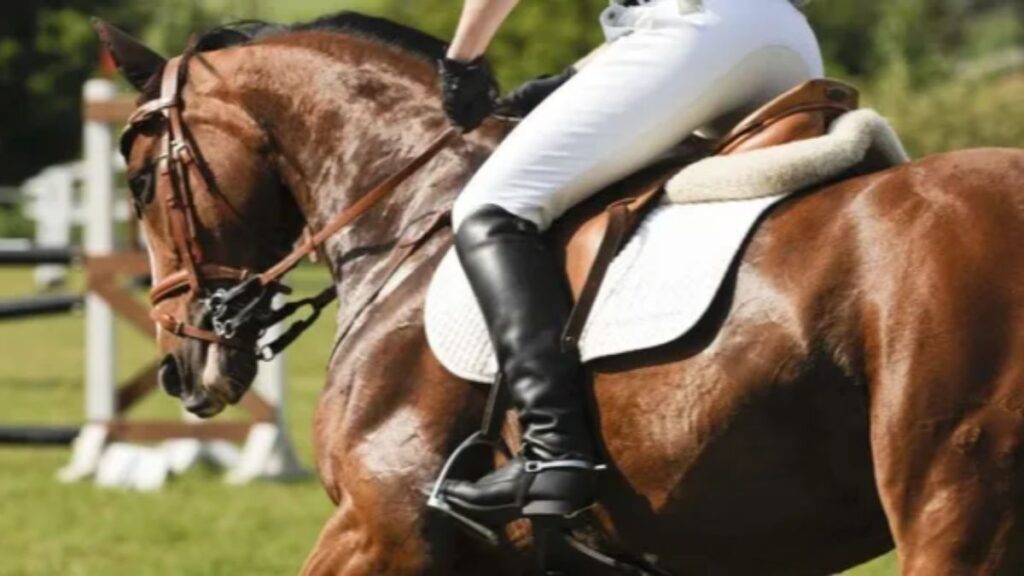The world of equestrian sports continues to evolve, focusing on improving safety and performance. In horse jumping, where both rider and horse face physical risks, innovation in equipment plays a crucial role in minimizing injuries and enhancing control. Designers and manufacturers have responded by developing tools and gear that prioritize durability, precision, and rider-horse communication.
One such development is the refinement of horse jump cups, a small yet essential component in constructing jump courses. These cups are now made with materials and designs that allow jumps to release more easily upon impact, reducing the risk of falls or injury. Alongside better helmets, body protectors, and lightweight saddles, these innovations collectively contribute to a safer, more reliable environment for both horse and rider.
Advancements in Jump Construction Materials
Traditionally, horse jumps have been built from heavy wooden materials. While sturdy, wood poses dangers such as sharp splinters or breakage upon forceful impact. Recognizing these hazards, manufacturers have shifted toward lighter, more advanced options like aluminum and composite plastics. Aluminum jumps offer a blend of strength and lightness, resulting in less potential injury to both horses and riders. Their inherent resistance to rust, warping, and degradation from the elements further increases reliability, making them a smart investment for stables and showgrounds. In addition to improved durability, these materials provide consistent performance and minimize the frequency of expensive repairs.
Another aspect of these innovations is modularity. Modern jumps can be easily assembled, adjusted, and transported, allowing course designers to create obstacles that cater to different skill levels and equine abilities. The ease of handling lightweight materials also simplifies the work for ground crews, reducing fatigue and risk of accidental drops or mishandling.
Implementation of Frangible Technology
One of the most critical innovations in course safety is frangible technology, which has profoundly impacted the reduction of dangerous rotational falls. This issue has plagued the sport for years. Frangible pins and clips are engineered to break under specific pressure, causing the rail or part of the obstacle to detach safely when struck with enough force. This technology has become particularly prevalent in cross-country eventing but is also being introduced to show jumping and hunter courses for added precaution. Research cited by Practical Horseman demonstrates a significant decline in rotational falls and related injuries since the widespread implementation.
Enhanced Helmet Designs for Rider Safety
Protecting riders from head injuries has long been a central concern in equestrian sports. Helmet design advances draw on modern materials and biomechanical studies, resulting in helmets that exceed international safety standards for shock absorption and penetration resistance. Innovations like multi-directional impact protection systems (MIPS) and improved ventilation deliver better absorption of rotational forces and greater comfort—encouraging more consistent helmet use among riders at all levels.
Regular Equipment Maintenance
Regular equipment maintenance is crucial for maintaining safety in sports. Course officials, trainers, and riders must assess equipment regularly to ensure it remains functional and intact. Best practice standards recommend visual inspections before each use and scheduled reviews throughout the season. Involving riders and staff in maintenance routines fosters a safety culture, and training programs should emphasize correct equipment use and recognizing repair needs. Prevention is more effective than dealing with equipment failures afterward.







